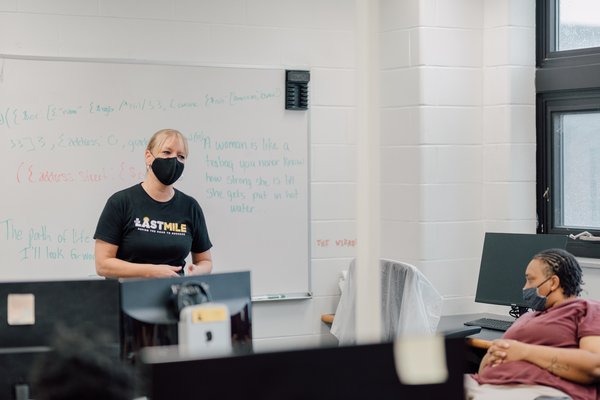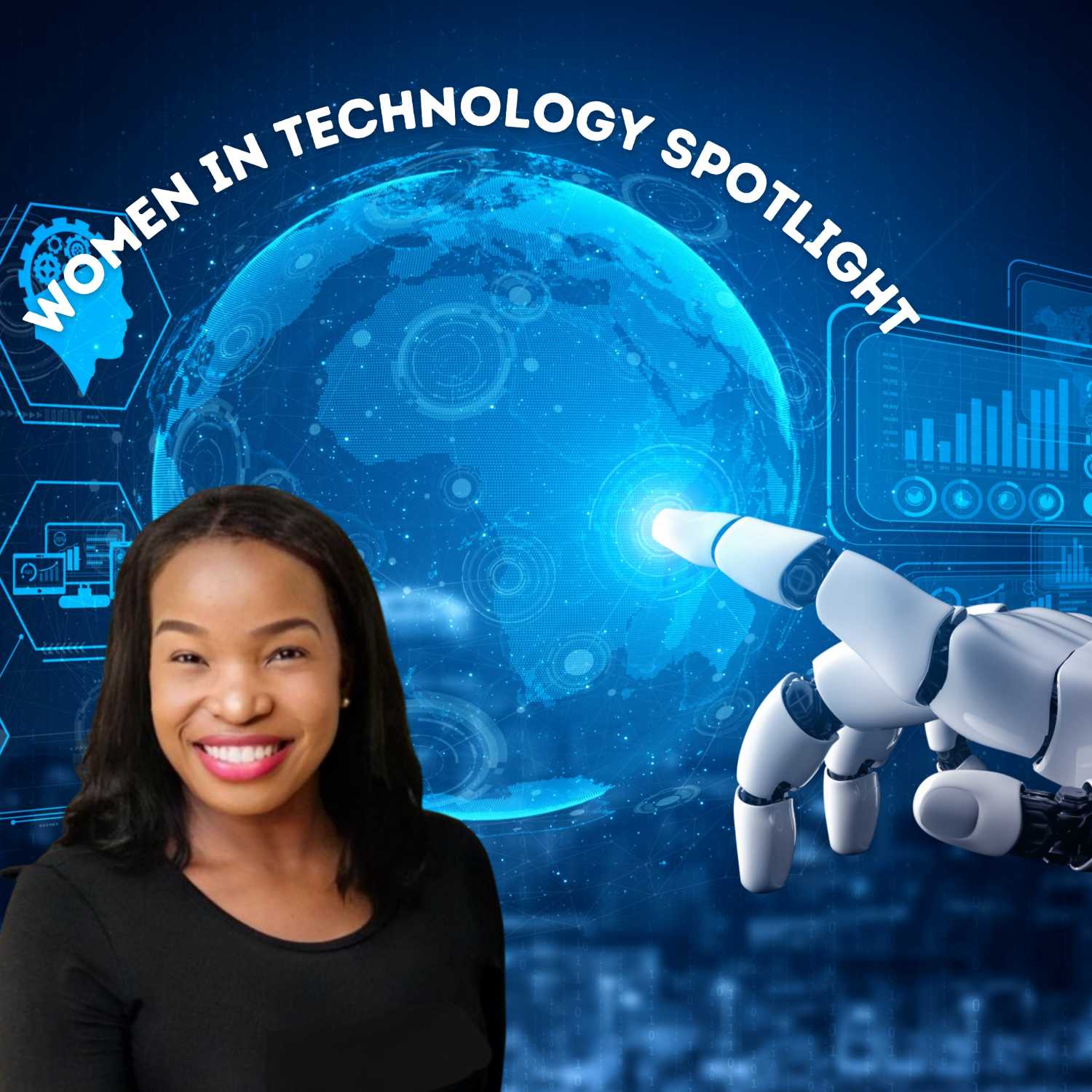Pure Storage® (NYSE: PSTG), the IT pioneer that delivers advanced data storage technology and services, announced AIRI®//S, the next generation of its complete AI-ready infrastructure, developed by Pure Storage and NVIDIA. AIRI//S provides enterprises a simple, on-demand infrastructure that accelerates AI initiatives at any scale.









